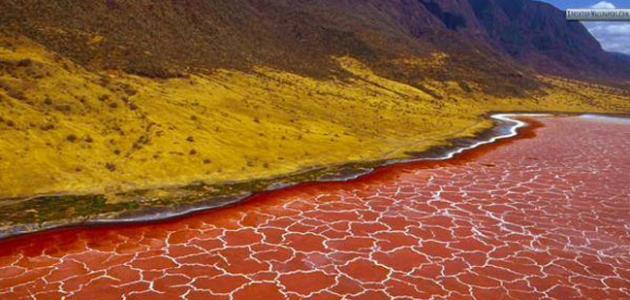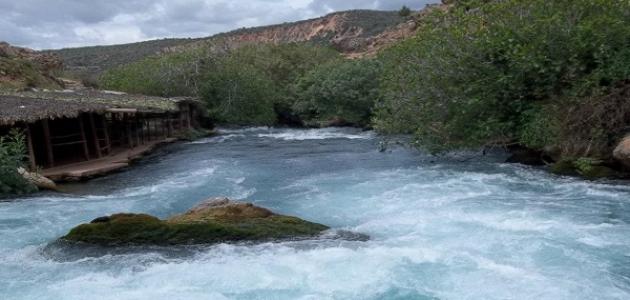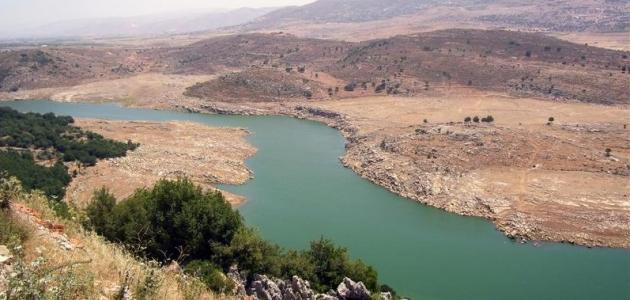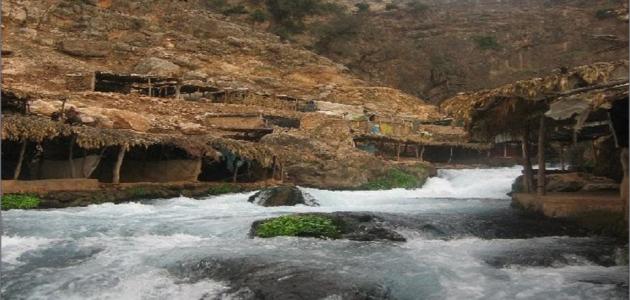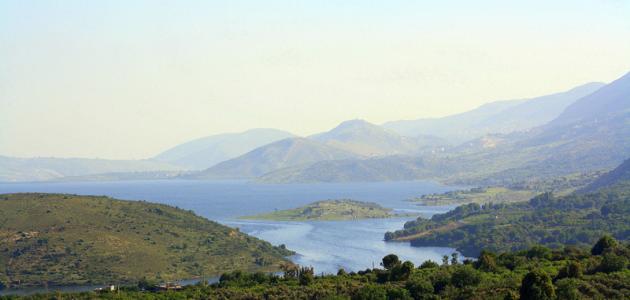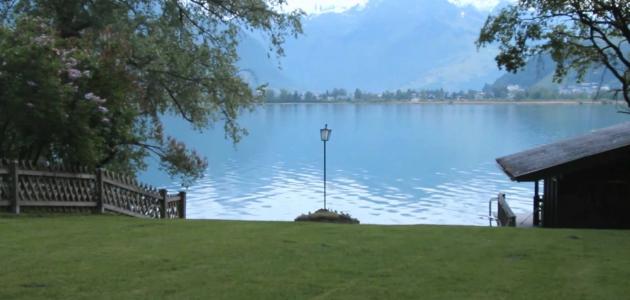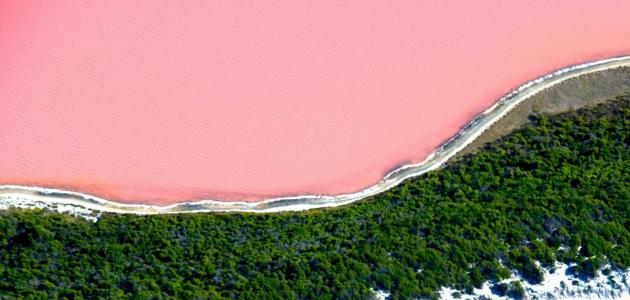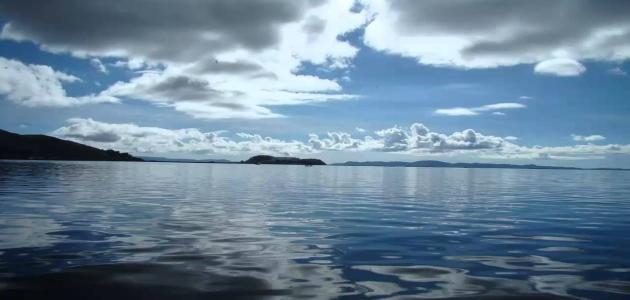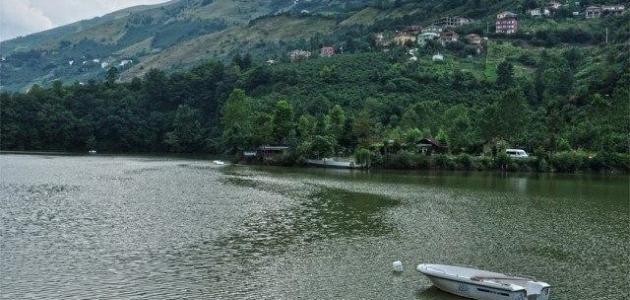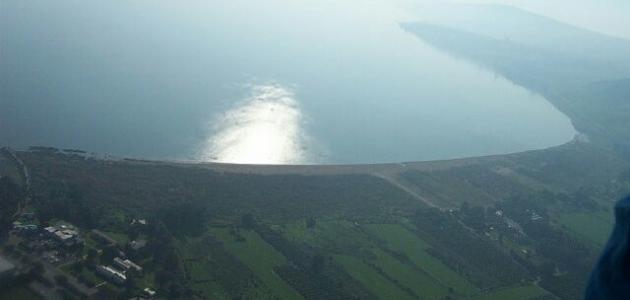Lake Natron
Lake Natron is one of the lakes located in the Republic of Tanzania on the northern side of its border with Kenya, specifically on the eastern side of the East African Rift.
It is also very shallow and does not exceed three meters in depth, and its width varies according to the water level in it, which changes from time to time as a result of the high evaporation rate in the lake, leaving behind many minerals and salts.
Geography of Lake Natron
Lake Al-Natrun is located in the Al-Natrun Basin, which has wetlands. The surrounding areas are dry and the rains are irregular. The water of the lake is hot, with a temperature of about (60) degrees Celsius, and its acidity ranges between (9-10.5) degrees, meaning that it is alkaline.
It is also distinguished by its strange shape and the large number of flamingos in it, which are among the rare birds, in addition to being a base for climbing on Mount Oldewinyo Lengai. There are also many camps around the lake, which makes it an attractive place for tourists.
The reason for naming Lake Natron and its color
It is named by this name due to the nature of its waters that contain salts and minerals, which are called “natron salts.” It is a mixture of sodium carbonate, sodium chloride, sodium sulfate, and sodium bicarbonate. It is also very alkaline and highly saline due to its high evaporation rate.
Read also:The longest rivers in the worldAlso, the viewer of the lake sees it in red, as a result of a type of autotrophic bacteria that is attracted by salinity, which generates a red dye that causes the water to appear red.
Life in Lake Natron
Life in it is almost impossible for many organisms, due to the alkaline and salty nature of the lake and its very high temperature, as only two types of fish live in it, and some rare types of flamingos that feed on algae and can live in such conditions, as well. The lake is surrounded by factories for extracting sodium carbonate and generating electric power, which poses risks to the lake's environment.
The photographer “Nick Brant” photographed many marine creatures that turned into limestone, as the lake does not turn the creatures into stones, but the basic conditions of the lake water lead to burning the eyes and skin of these creatures, which cannot adapt to such conditions, so they fall into the lake and make a substance Sodium bicarbonate preserved the corpse (a substance used in embalming), as it is in the form of petrified animals, so the photographer photographed these creatures in an artistic way, so that they appear as if they are alive and petrified.
Read also:Where does the Zarqa River flow into?